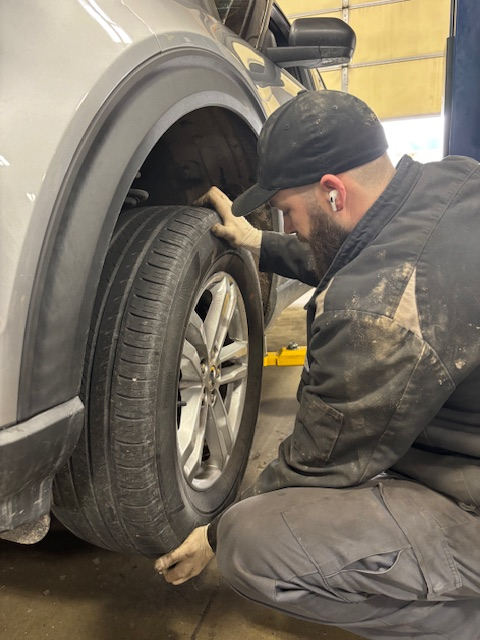Posted on 4/16/2025
Your Honda’s engine is a finely tuned machine and keeping it running smoothly requires regular maintenance. One often-overlooked service that plays a vital role in engine performance and longevity is a valve adjustment. Honda vehicles typically Honda Pilots and Odyssey 2018 and older, especially models with mechanical (non-hydraulic) valve lifters, require periodic valve adjustments to maintain proper engine function. In this blog, we’ll explain what a valve adjustment is, the signs that your Honda may need one, and why this service is essential for your vehicle’s health. What Is a Valve Adjustment? A valve adjustment is a precise process where a technician adjusts the clearance between the valve stem and the rocker arm or camshaft. This gap is critical because it allows the valves to open and close properly, controlling the air-fuel mixture entering t ... read more
Posted on 4/9/2025
.jpg)
As winter fades and spring emerges, April brings not only warmer weather but also National Car Care Month—a timely reminder to ensure your vehicle is in top condition for the seasons ahead. Regular maintenance not only enhances safety but also extends the lifespan of your car and can prevent costly repairs down the line. Key Areas to Focus On During National Car Care Month:Tire Maintenance Your tires are the only point of contact between your vehicle and the road, making their upkeep crucial. Regularly inspect them for proper pressure, tread depth, and signs of wear or damage. Maintaining correct tire pressure ensures optimal fuel efficiency and handling. Additionally, scheduling annual wheel alignments can prevent uneven wear and prolong tire life. Oil Changes Engine oil lubricates moving parts, reduces friction, and helps keep the engine clean. Changing your vehicle's oil at recommended intervals is cru ... read more
Posted on 3/26/2025

General Motors (GM) has announced a recall affecting approximately 26,847 SUVs from the 2021 model year due to a software issue that may cause a sudden loss of power steering assist. This issue can make steering more difficult, especially at lower speeds, increasing the risk of an accident. Affected Models:Cadillac: Escalade, Escalade ESV Chevrolet: Suburban, Tahoe GMC: Yukon, Yukon XL What’s the Issue? The software defect can cause the power steering system to stop working either when the vehicle starts or while it’s in motion. When this happens, the driver will need to use significantly more force to steer the vehicle, particularly at lower speeds, which can be dangerous. If the problem occurs, drivers may hear a warning chime and see a malfunction indicator light on the dashboard. In some cases, restarting the vehicle may temporarily restore power steering. However, GM advises veh ... read more
Posted on 3/13/2025

Your vehicle’s wheel bearings are essential components that allow your wheels to rotate smoothly with minimal friction. While these parts are designed to withstand heavy loads and constant motion, they can wear out over time. Knowing the signs of a failing wheel bearing can help you address the issue early, ensuring your safety and preventing further damage to your vehicle. Here’s what you need to know about identifying a bad wheel bearing: What Does a Wheel Bearing Do? A wheel bearing is a set of steel balls or rollers enclosed in a metal ring, located inside the wheel hub assembly. It allows the wheels to spin freely while supporting the vehicle’s weight. Because wheel bearings endure constant pressure and movement, they can wear out, especially under harsh driving conditions or poor maintenance. Signs of a Bad Wheel Bearing If your wheel bearing is failing, you may notice the following symptoms: 1. Un ... read more